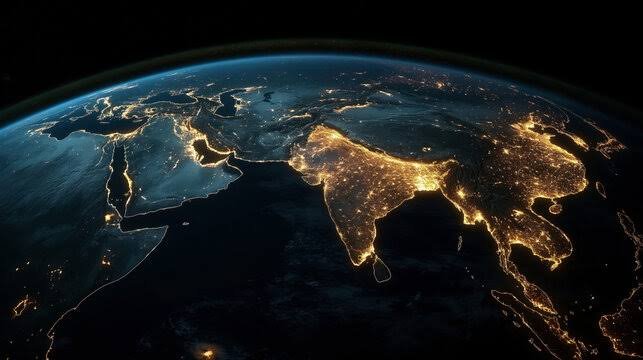
Earth, our home planet, is a remarkable and unique celestial body. Here’s an overview of its key characteristics:

Position and Size:
Location in the Solar System: Earth is the third planet from the Sun, situated between Venus and Mars.
Size: It is the largest of the terrestrial (rocky) planets, with an equatorial diameter of approximately 12,756 kilometers (7,926 miles) .
Composition and Structure:
Core: Earth has a central core composed of iron and nickel.
Mantle: Surrounding the core is a rocky mantle.
Crust: The outermost layer is a solid crust, which is divided into tectonic plates .
Surface and Hydrosphere:
Water Coverage: Approximately 71% of Earth’s surface is covered by water, primarily in the form of oceans, seas, and lakes .
Landmasses: The remaining 29% consists of continents and islands.
Atmosphere:
Composition: Earth’s atmosphere is primarily composed of nitrogen (78%) and oxygen (21%), with traces of other gases such as carbon dioxide and argon .
Function: This gaseous envelope not only sustains life by providing essential elements but also protects the planet from harmful solar radiation and helps regulate temperature.
Orbit and Rotation:
Orbital Period: Earth completes an orbit around the Sun in about 365.25 days, accounting for the leap year added every four years.
Axial Tilt: The planet has an axial tilt of approximately 23.5 degrees, which is responsible for the changing seasons .
Natural Satellite:
The Moon: Earth has one natural satellite, the Moon, which is the fifth largest moon in our solar system .
Unique Features:
Life: Earth is the only known planet to harbor life, thanks to its favorable distance from the Sun, presence of liquid water, and a life-sustaining atmosphere .
Magnetic Field: Generated by its rotating core, Earth’s magnetic field protects the planet from solar and cosmic radiation.
Understanding these details underscores the uniqueness of Earth and the delicate balance that sustains life.






